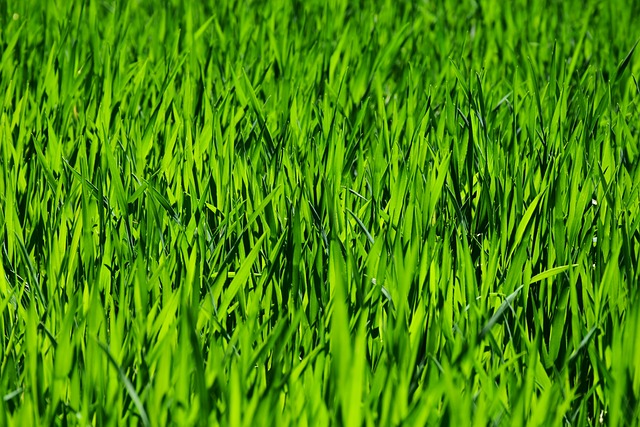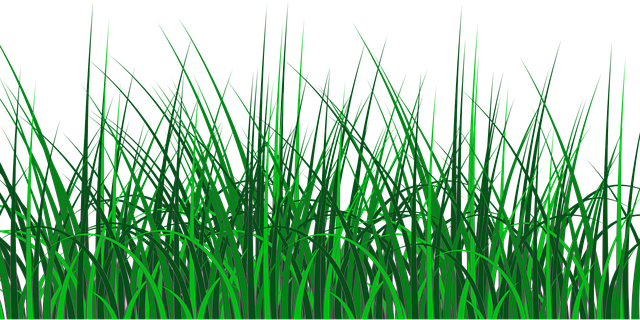Lawn care and landscaping are vital for transforming outdoor spaces into functional and visually appealing areas. Regular mowing, watering, and fertilizing ensure a healthy lawn suitable for various activities. Strategic landscaping involves integrating plants based on sunlight, soil conditions, and design preferences, adding color, texture, privacy, and wildlife habitat. Integrating lawn care and landscaping creates a thriving outdoor environment that boosts property value and improves quality of life, with proper grass selection and maintenance being key considerations.
Transforming your outdoor space into a functional, beautiful, and comfortable sanctuary is achievable through proper design and build strategies. In this comprehensive guide, we’ll explore the essentials of creating a vibrant outdoor environment. From mastering lawn care fundamentals to implementing effective landscaping design techniques and navigating the build process, each step contributes to a successful transformation. Discover how to choose the right grass types, incorporate hardscaping elements, select climate-appropriate plants, and create harmonious color palettes. Learn about planning, budgeting, permits, sustainable practices, and post-build maintenance for your dream lawn care and landscaping project.
- Lawn Care Fundamentals
- – Importance of regular lawn care
- – Types of grass and their maintenance needs
Lawn Care Fundamentals

Lawn care and landscaping are essential components of creating an outdoor space that is both functional and aesthetically pleasing. The foundation of any great outdoor design starts with a healthy lawn. Regular mowing, watering, and fertilizing are fundamental practices to maintain lush, vibrant grass. Proper lawn care not only enhances the visual appeal but also provides a comfortable surface for various outdoor activities.
When considering landscaping, the goal is to integrate plants, trees, and shrubs that complement the overall design. Selecting suitable vegetation based on sunlight exposure, soil conditions, and desired aesthetics ensures a harmonious blend with the existing lawn. Well-planned landscaping not only adds color and texture but also provides privacy, shade, and habitat for local wildlife, creating an outdoor oasis that is both relaxing and sustainable.
– Importance of regular lawn care

Regular lawn care is a cornerstone of any successful outdoor space design and build project. It’s not just about maintaining aesthetics; proper lawn care enhances the overall health and longevity of your lawn, ensuring it remains lush, green, and vibrant. Regular mowing, for instance, promotes better grass growth by preventing excessive shade and allowing sunlight to reach the soil. Additionally, lawn care services often include fertilizing, which enriches the soil, fortifies the grass against pests and diseases, and encourages deeper root systems that make your lawn more resilient during dry spells or harsh weather conditions.
Landscaping plays a crucial role in complementing these efforts. Strategically placed trees, shrubs, and flowers not only add visual appeal but also contribute to effective lawn care by providing shade, reducing soil erosion, and creating microclimates that support diverse plant life. A well-designed landscape integrates seamlessly with regular lawn care practices, resulting in a thriving outdoor space that increases property value and enhances the overall quality of life for homeowners.
– Types of grass and their maintenance needs

When designing and building an outdoor space, one of the key components to consider is the type of grass and its maintenance requirements. Grasses vary greatly in their needs and appearance, so choosing the right variety for your lawn care and landscaping efforts is crucial. For instance, cool-season grasses like Kentucky bluegrass and fescues thrive in milder temperatures, making them ideal for spring and fall installation. In contrast, warm-season grasses such as Bermuda grass or zoysia are better suited for hot summers.
Proper maintenance ensures a lush, healthy lawn. Regular mowing is essential, with the cutting height depending on the grass type. Overseeding can also enhance lawn care by providing extra nutrients and density. Additionally, watering schedules vary; deep, less frequent watering encourages deeper root growth, while frequent, shallow watering promotes shallower roots. Fertilization plays a vital role in maintaining a vibrant lawn, with timing and frequency again dependent on the specific grass species.
Incorporating effective lawn care and landscaping practices is key to transforming your outdoor space into a vibrant and inviting area. By understanding the fundamental principles of lawn care, such as regular maintenance and suitable grass types, you can create a lush and healthy lawn that becomes the centerpiece of your yard. With the right knowledge and a bit of dedication, outdoor spaces can be beautifully designed, maintained, and enjoyed for years to come.
